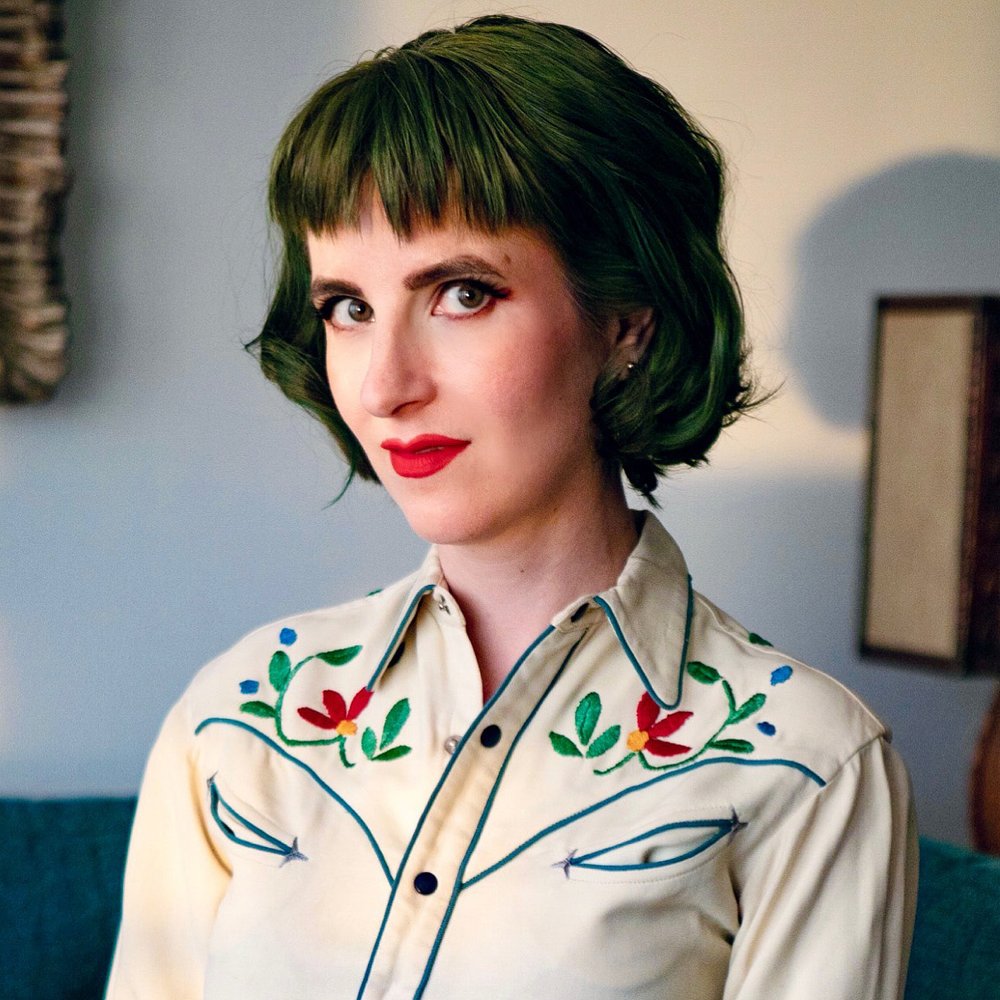
Adjunct Associate Professor
Sonya Abrego
- School of Graduate Studies
- Fashion and Textile Studies
Westernwear
Postwar American Fashion and Culture
During the prosperous, forward-thinking era after the Second World War, a growing number of men, women, and children across the United States were wearing fashions that evoked the Old West. Westernwear: Postwar American Fashion and Culture examines why a sartorial style with origins in 19th-century agrarian traditions continued to be worn at a time when American culture sought balance between technocratic confidence in science and technology on one side, and fear and anxiety over global annihilation on the other.
By analysing well-known and rarely considered western manufacturers, Westernwear revises the common perception that fashionable innovation came from the East coast and places western youth cultures squarely back in the picture. The book connects the history of American working class dress with broader fashionable trends and discusses how and why Native American designs and representations of Native American people were incorporated broadly and inconsistently into the western visual vocabulary. Setting westernwear firmly in context, Sonya Abrego addresses the incorporation of this iconic style into postwar wardrobes and popular culture, and charts the evolution of westernwear into a modern fashion phenomenon.

How did you first come up with the idea for this work?
Westernwear is everywhere but it’s rarely been given any scholarly attention. It’s a style that allows for a close look at the convergences of fashion, popular culture, work and leisure.
What was your research process like?
It started as my PhD dissertation years ago. The research took me to four archives of longstanding American companies that haven’t been studied to date—Pendleton (Portland OR), Wrangler (Greensboro NC), Miller Stockman (Denver, CO) and Lee (Kansas City KS). I also worked with the collections at the Autry museum of the American West, and the Cowboy and Western heritage museum. My work draws heavily from object-based study, it was a process of merging that investigation with the cultural history of the time, seeing how the visual and material culture was interdependent with the Cold War and changes in industry.
How long did you work on this before it was published?
All together, 10 years.
Does this work relate to your role at FIT? If so, how?
I teach Modern Textiles in the graduate program, which is a design history class that overlaps significantly with my investigations into the textile industry and midcentury design.
What was your biggest challenge? What was most rewarding?
Time was a challenge. Finding time to write and develop the book while balancing other work and multiple responsibilities.
Have you published any other books or have any upcoming publications?
I have articles and essays in museum catalogs. I’m presently working on a book about a famous NYC art dealer.
- Started teaching at FIT in 2019
- Book published in November 2022
